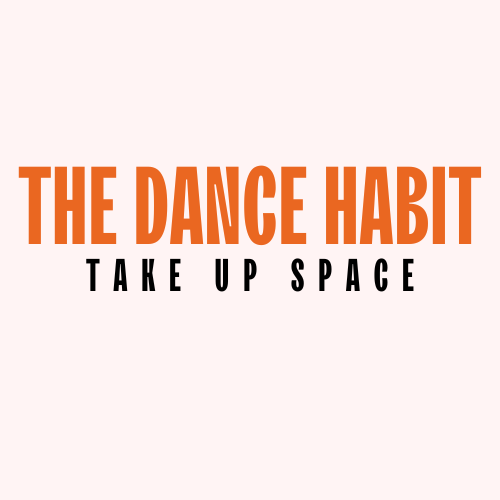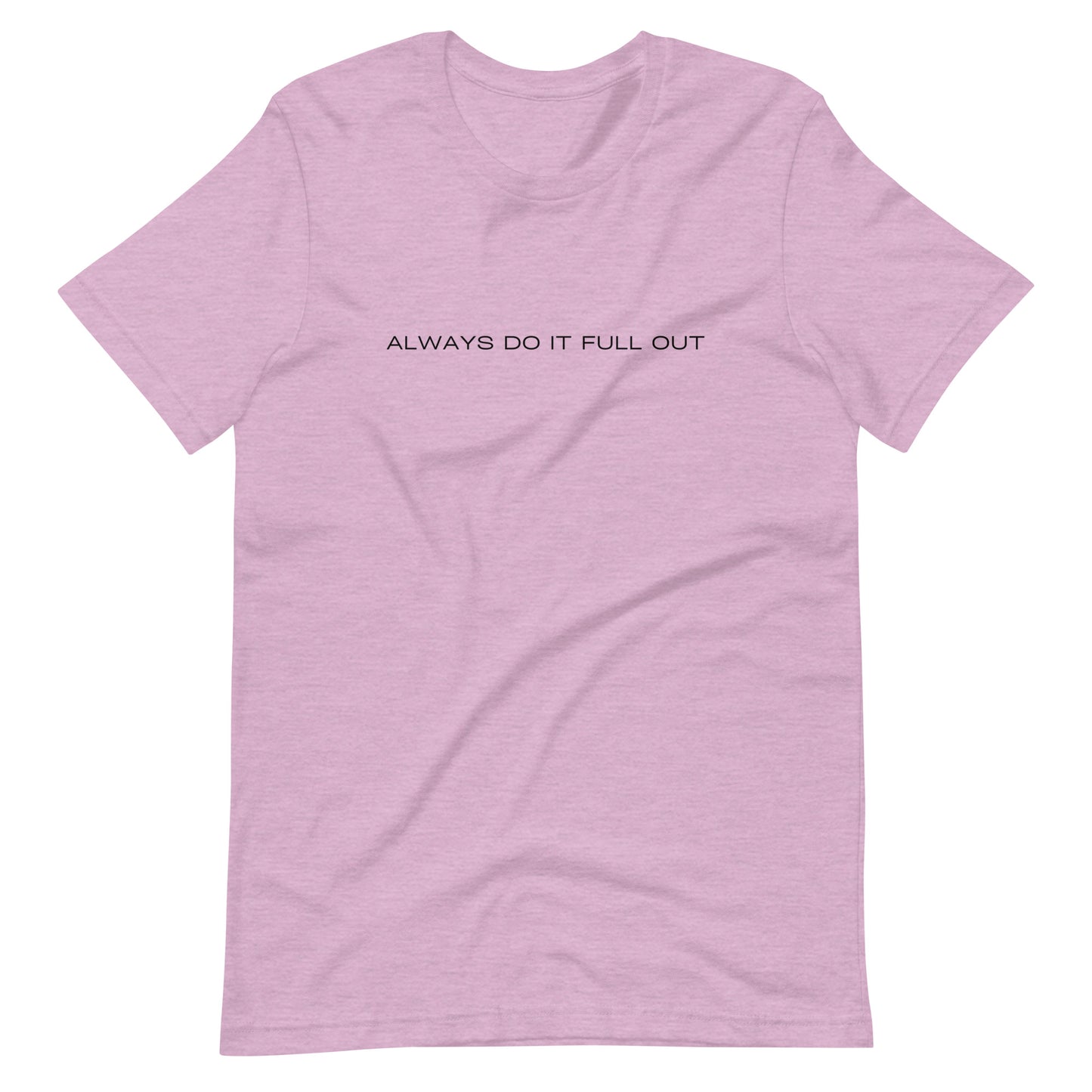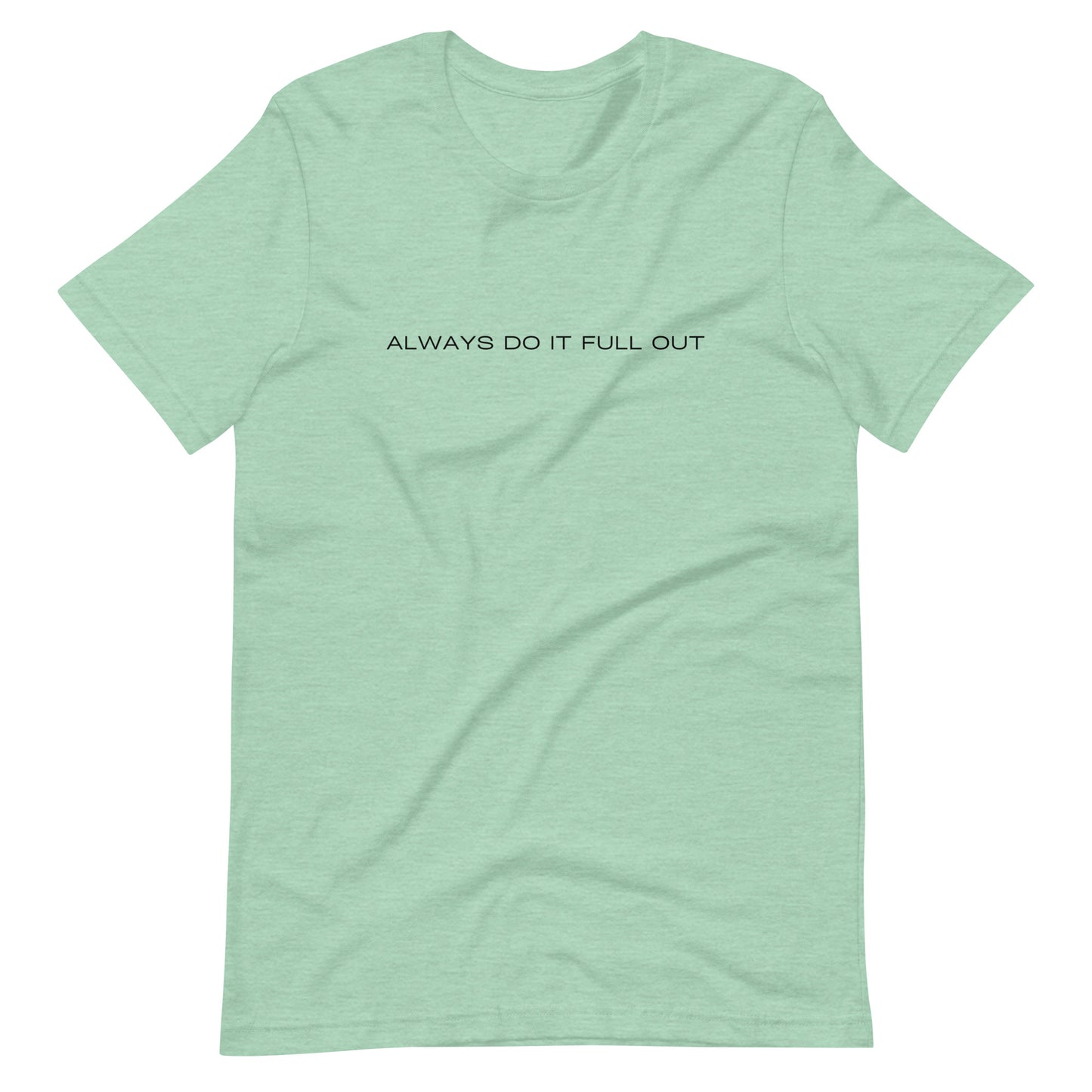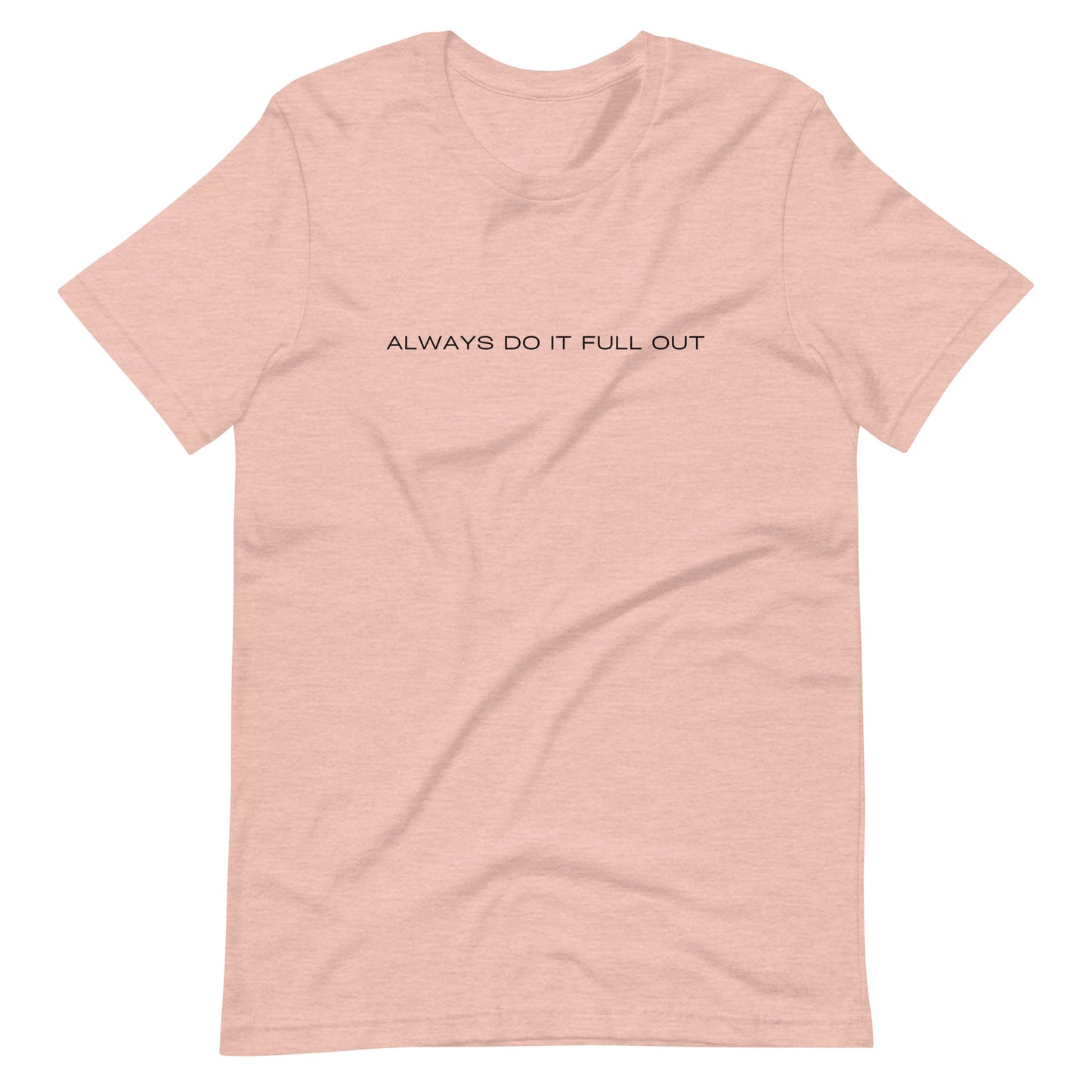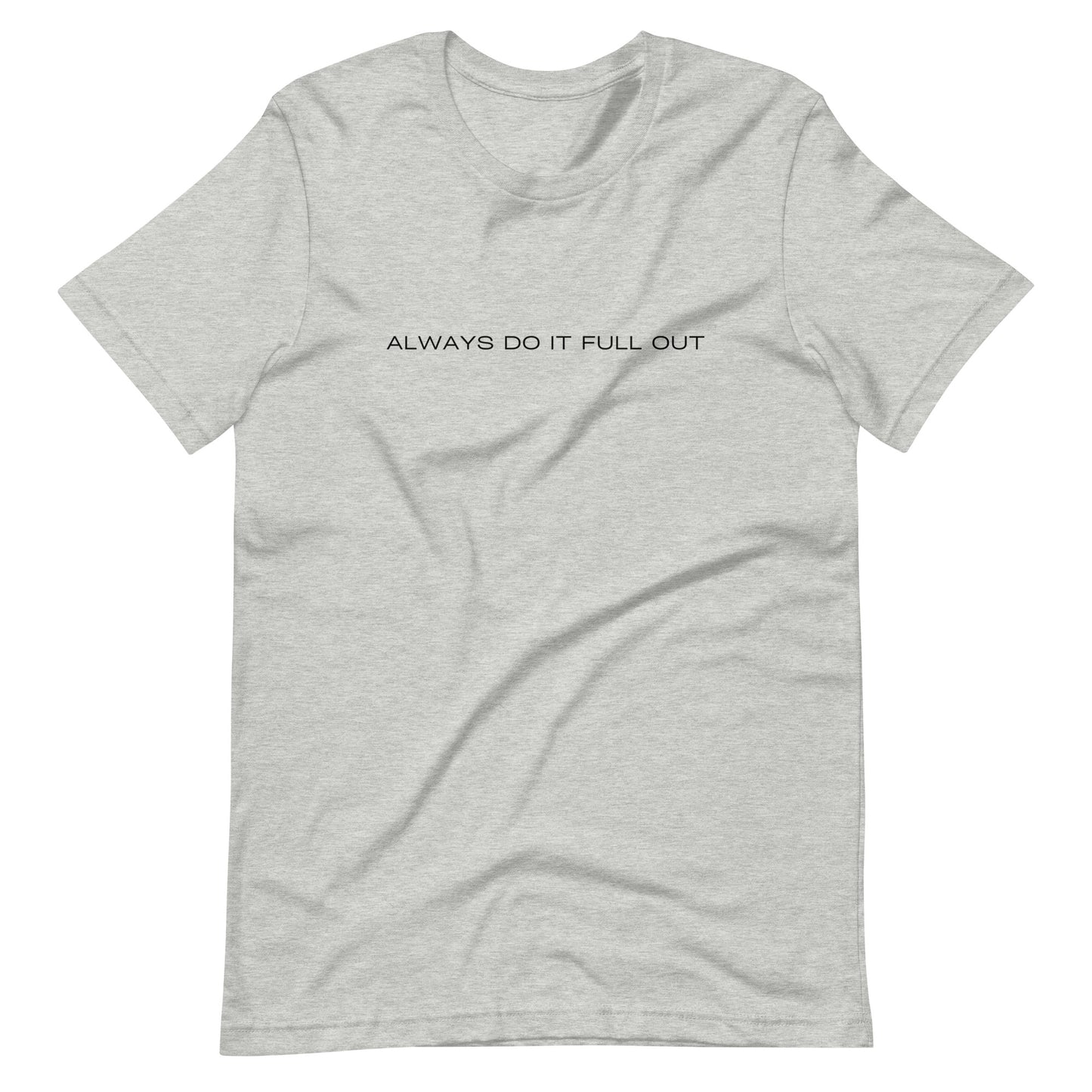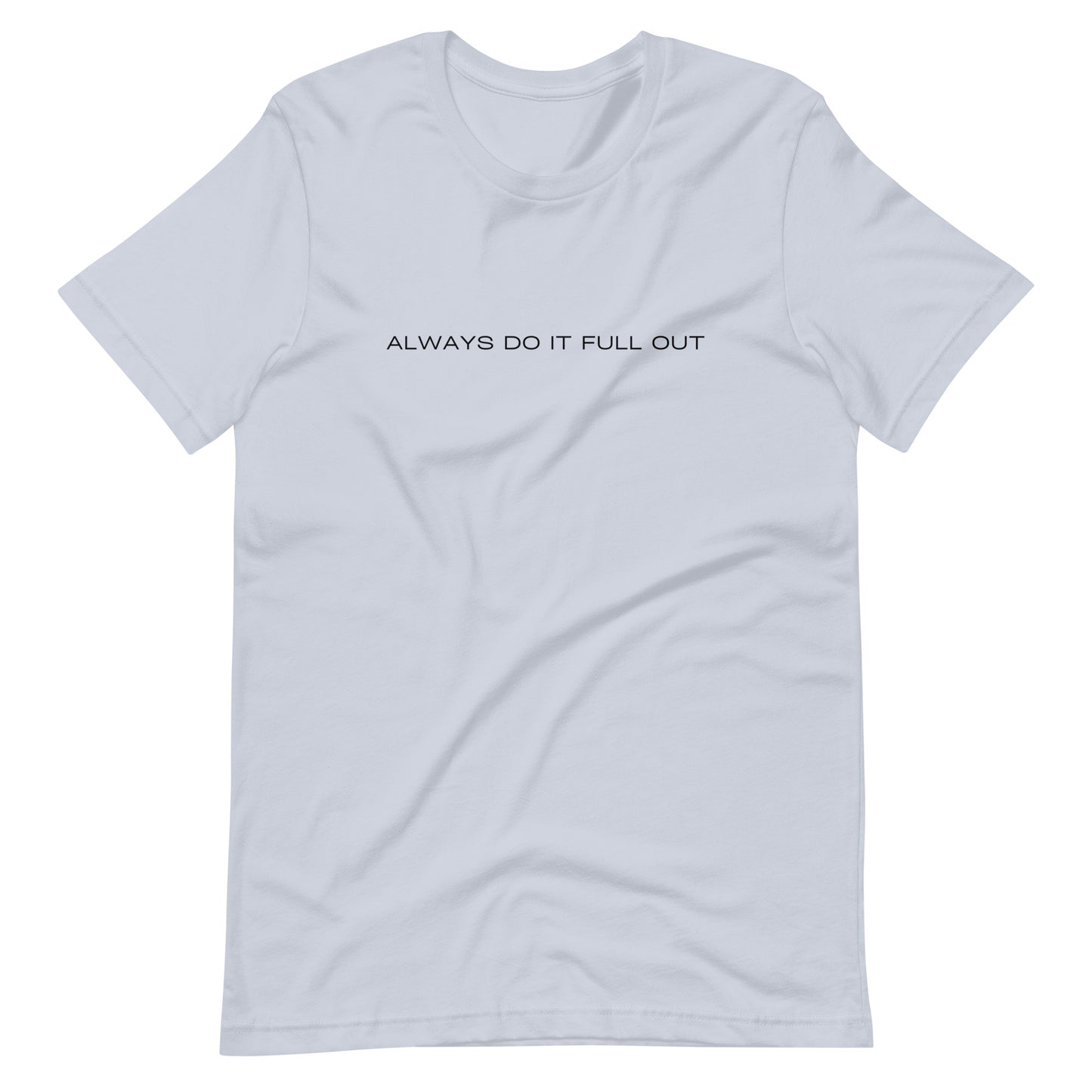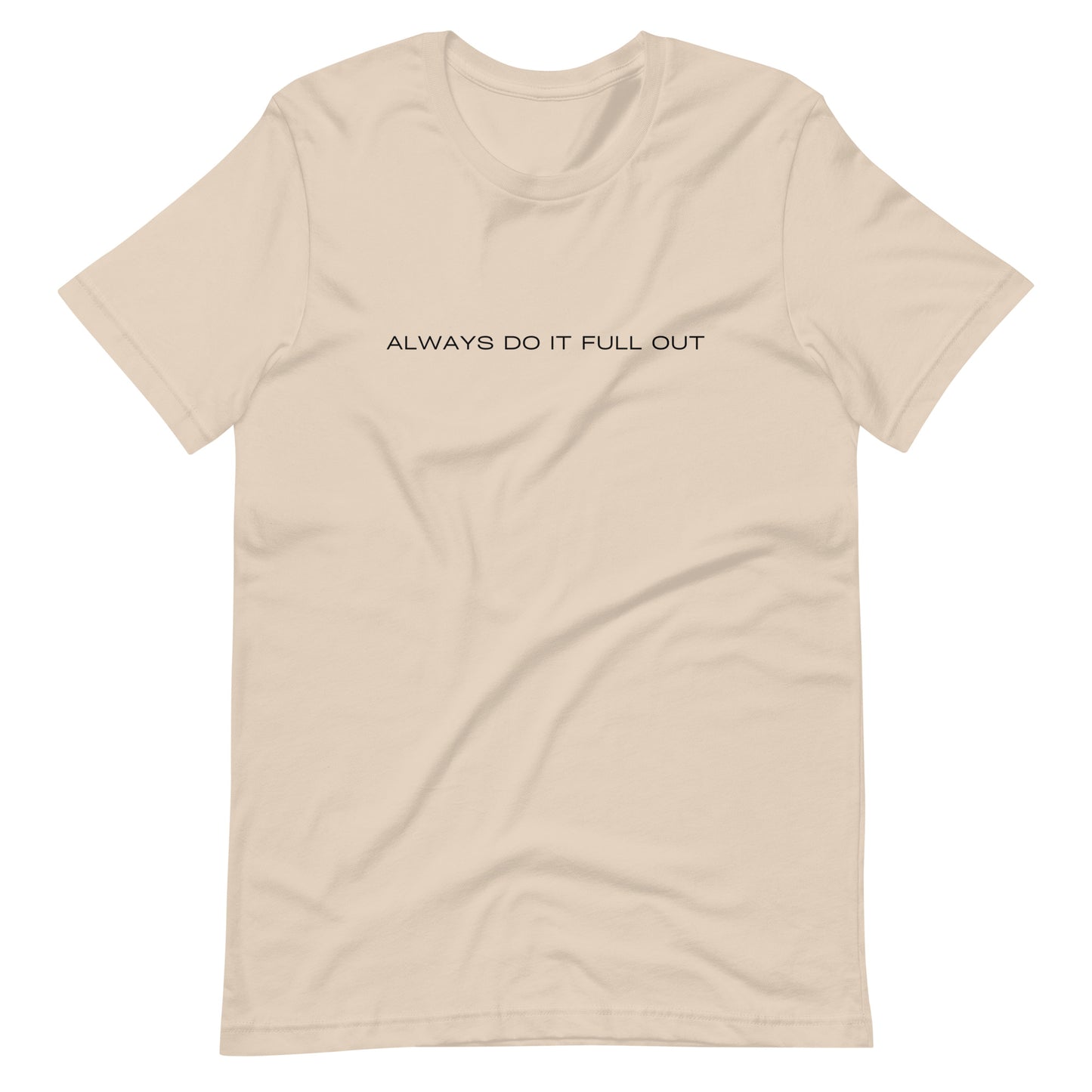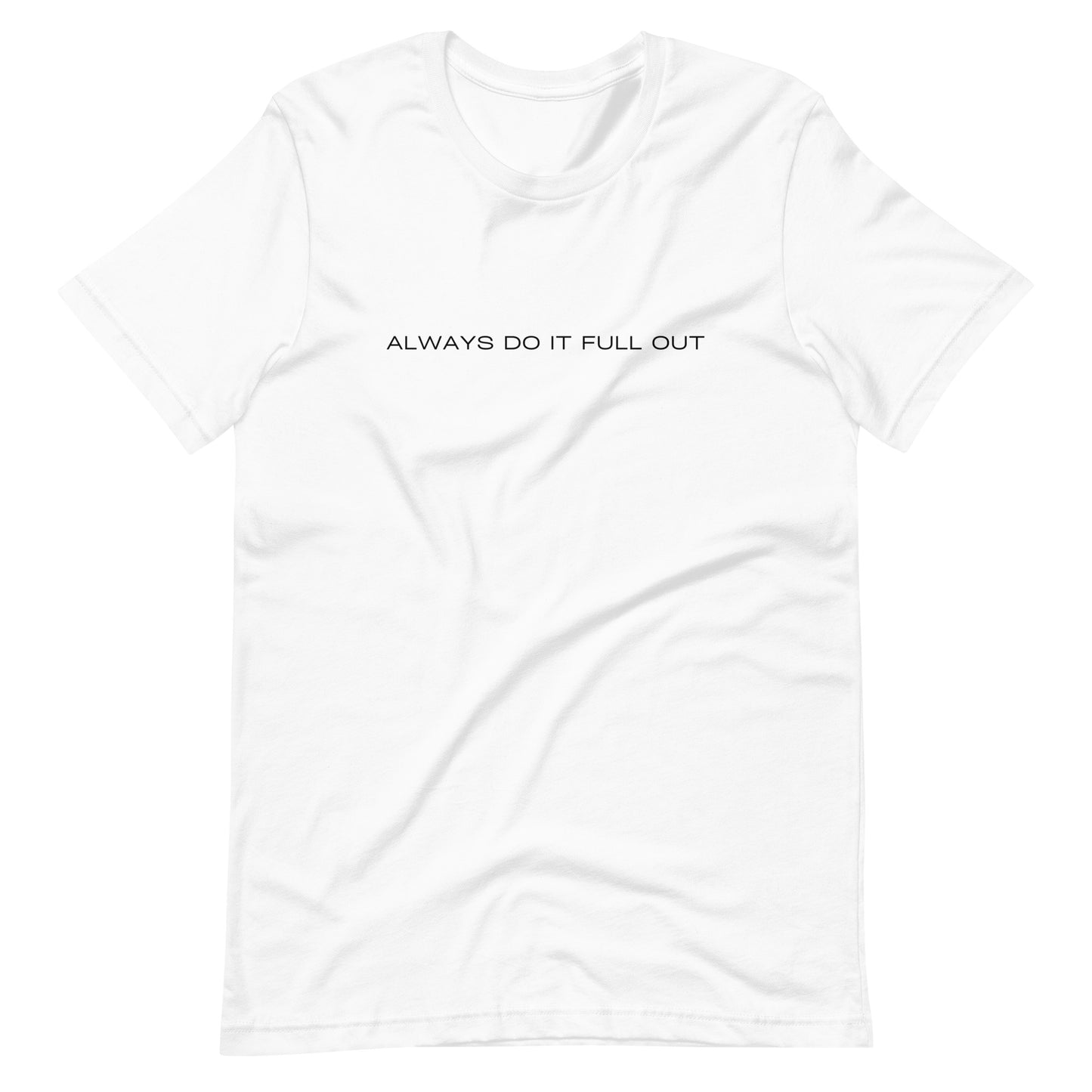Injuries happen in dance. They can either tear us down or build us up. There’s not a lot of in betweens there. I had some smaller injuries here and there throughout high school and college, but my bigger injuries started after college when I was in the Lines Dance Ensemble. I was dancing in a rep class and pop! My knee went out, MCL sprained, patella dislocated. EW gross, and how discouraging.
However, I’m thankful for this experience. It happened twice during that program, and since I’ve tweaked my knee a few times when I wasn’t at my strongest in combination with hypermobility. The things I’ve been able to walk away from these injuries with have allowed me to learn tools to pass on to my students for which I’m very grateful for.

- When you are injured, keep showing up to class. Bring your notebook and watch. Really watch. At Lines, I was surrounded by a lot of talent and some solid character traits. I think I learned how to move the best by having the opportunity to watch while I was healing. I saw the different ways dancers transitioned from movement to movement. I was able to watch what worked for different body types. When I was able to get back to moving, I tried them all on for size.
- I learned more about how to train my body to prevent future injury. I was able to talk to the physical therapist at Lines and he helped me to take ownership of what I needed to do to move forward. He couldn’t do the things for me. The bridges, the clamshells, the core work, the abductor and adductor work. I needed to sit down and do the things myself. I often have students come to me for help with aches and pains. I can show them some things that might help, but I unfortunately can’t do it for them.
- If your lower half is injured, you can still dance with your upper half. Many times I’ve had students show up expecting to completely sit out if they have tweaked their ankle a little. Well, no. You can sit in a chair or on the floor in the back and still work on your posture, your port de bras, and your epaulement. This could work in the opposite as well. If a shoulder is injured, why not work through what’s happening from the core downward?
- This is a great time to notice your mental health journey in relationship to dance. When you are injured, there are a lot of emotions and feelings that rise up. A lot of questioning. Know that you are valuable and full of worth. You have much to say about dance and life, even if you are not moving. You have valuable knowledge that can help you grow both in dance and as a human through the process of healing from an injury.
What are some things you've learned and experienced through dance injuries?
